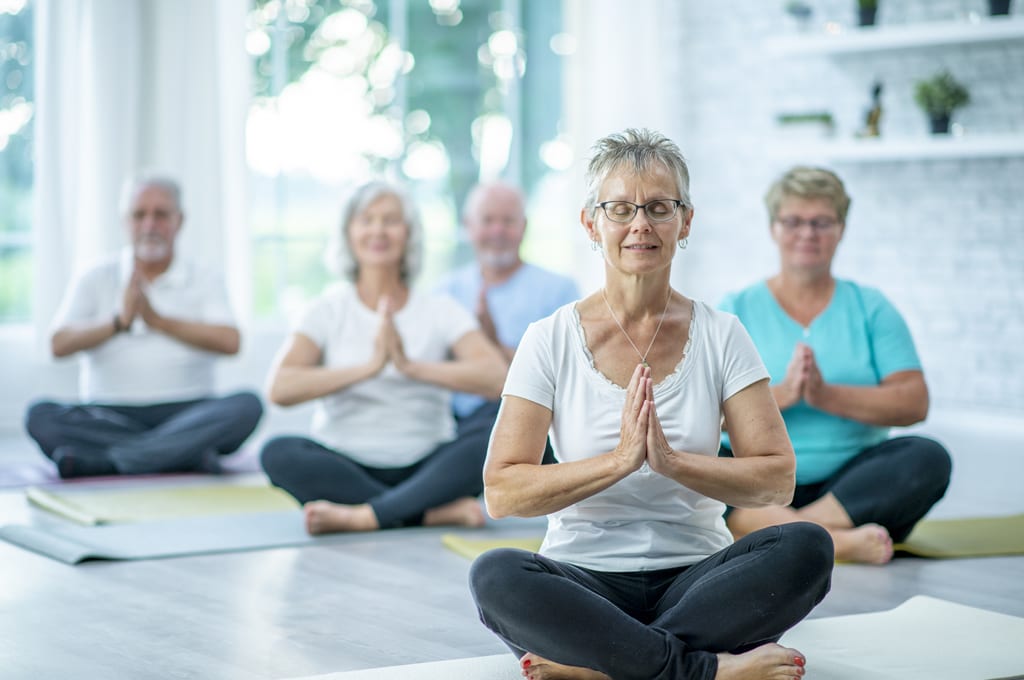Do you have stiff muscles? Trouble sleeping? Anxiety? Well, if you have any of these issues, you don’t have to immediately resort to medication because yoga might help you more than pills. But there are so many different styles of yoga, so how do you decide which one is right for you? Well, keep reading because FirstLantic, at home companions has made it simple so you can start practicing your yoga moves right away!
First, the basics. Yoga has been around for thousands of years. In fact, most experts think that it originated in India around 3000 B.C. In the simplest terms, yoga is a group of practices designed to help the body, mind and spirit as a way to “achieve harmony between the heart and soul”. It has been shown to have many practical benefits for health including lowering blood pressure, reducing anxiety, alleviating chronic pain etc. But as yoga spread to every corner of the world, many variations have developed making it difficult for beginners to know where to start. So, let’s dive into four of the most well-known yoga styles:
Hatha
Hatha yoga is s somewhat of a catch-all for all the fundamental elements of yoga. However, it is a good place to start for those practicing for the first time. Essentially, all physical practices of yoga are Hatha so when you are practicing any of the other types, you are also practicing Hatha. The movements are slow and involve stretching and breathing exercises that can help with posture and stiff muscles. Normally, it will not challenge you physically, but it is a good introduction to the philosophy and the various poses.
Kundalini
Kundalini is one of the oldest types of yoga but is relatively new to the West. It is an uplifting blend of spiritual and physical practices and poses are practiced along with certain breathing techniques and can also incorporate the chanting of mantras. The series of the poses change rapidly so it can be more intense, and it can be a good type of yoga to increase stamina. The goal is to build both physical vitality and increase consciousness.
Ashtanga
Ashtanga can be a good option for those that are athletic and physically fit. Ashtanga literally translated means “eight limbed yoga”. However, it is made up of six different sequences with each sequence having numerous poses and focused on a different aspect of well-being for the mind and body. Ashtanga might be the right solution for you if you are looking for a challenge and you like structure as the practice is identical every day.
Bikram
Bikram is known as a type of “hot yoga” because it is done in a room that is heated to 95-100 degrees Fahrenheit with a humidity level of 40%. The heat is believed to loosen the muscles and it may also help burn calories since the body is very warm. Bikram Choudhury is said to have developed the technique but there is controversy that surrounds other claims he has made about his contributions. There are a total 26 moves that are practiced during 90-minute sessions. This type of yoga is not for the faint of heart and should probably not be the first type of yoga that you try if you are a beginner.
Summary
In summary, there are many more types of yoga than what we described here but the common denominator of all the styles is the philosophy that a healthy mind and body work in coordination. All types of yoga also incorporate breathing exercises, certain types of poses and the idea of calming the mind through some sort of meditation. While yoga may not be for everyone, the benefits are well documented by both practicing yogis’ as well as medical professionals. There are also plenty of courses online if you want to try it at home first. However, no matter which type you choose or where you choose to practice, your yoga mat is waiting!
Other resources:
https://www.healthline.com/nutrition/13-benefits-of-yoga
https://www.health.harvard.edu/staying-healthy/yoga-benefits-beyond-the-mat
For more on the roots of yoga, there is a book that was written in 2017 that is widely accepted as one of the most comprehensive overviews of the origins.
 AVAILABLE 24 HOURS A DAY/7 DAYS A WEEK
AVAILABLE 24 HOURS A DAY/7 DAYS A WEEK Careers
Careers







